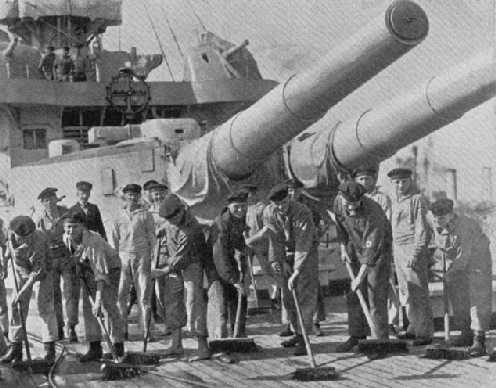
These weapons armed the last of the German pre-deadnoughts. Two ships of the Deutschland Class (not to be confused with the famous "Panzerschiffes" of World War II) were still in service with this gun during World War II. These guns were also used as Coastal Artillery during World War II in the Graf Spee battery located at Wangerooge and later at Brest.
This was a built-up design and used a horizontal wedge breech mechanism.
These were the last large-caliber German guns not to use separate main and fore charges, all propellant was in a single Hülsenkartusche cartridge case. The same Hülsenkartusche was used as the main charge for the 28 cm SK L/45 and 28 cm SK L/50 guns.
These mountings used hydraulic power with steam pumps as prime movers. The breech mechanisms were hand-worked as was the ramming.
All German 28 cm guns had an actual bore diameter of 28.3 cm (11.1").
| Designation | 28 cm (11") SK L/40 |
|---|---|
| Ship Class Used On | Braunschweig and Deutschland (1904) Classes |
| Date Of Design | 1902 |
| Date In Service | 1904 |
| Gun Weight | 99,870 lbs. (45,300 kg) including BM |
| Gun Length oa | 440.9 in (11.200 m) |
| Bore Length | 409.5 in (10.401 m) |
| Rifling Length | N/A |
| Grooves | N/A |
| Lands | N/A |
| Twist | N/A |
| Chamber Volume | 7,512 in3 (125.3 dm3) |
| Rate Of Fire | about 2 rounds per minute |
| Type | Separate |
|---|---|
| Projectile Types and Weights 1 | World War I - Ship and Coastal Artillery Projectiles 2 AP L/2,6 3: 530.7 lbs. (240.7 kg) HE L/2,9 base fuze: 529 lbs. (240 kg) World War I - Coastal Artillery Projectiles
World War II - Ship and Coastal Artillery Projectiles
World War II - Coastal Artillery Projectiles
|
| Bursting Charge | World War I 7 AP L/2,6: 10.14 lbs (4.598 kg) TNT HE L/2,9 base fuze: 33.38 lbs. (15.142 kg) TNT HE L/4,4 base and nose fuze: 51.13 lbs. (25.19 kg) TNT World War II 8 |
| Projectile Length | AP L/2,6: 29.0 in (73.6 cm)
HE L/2,9 base fuze: 32.3 in (82.1 cm) HE L/4,3 base fuze: 47.4 in (120 cm) HE L/4,1 nose fuze: 45.2 in (115 cm) HE L/4,4 base and nose fuze: 49.0 in (124.5 cm) |
| Propellant Charge 14 | Before World War I: N/A (probably RP C/06)
World War I: 141.1 lbs. (64.0 kg) RP C/12 (1230 x 12/5) World War II: 150.6 lbs. (68.3 kg) RP C/32 (1230 x 10/4,7) |
| Cartridge Case Type, Size and Weight 15 | Brass, 283 x 1271 mm, about 99.2 lbs. (45.0 kg) 16 |
| Muzzle Velocity | AP L/2,6: 2,690 fps (820 mps)
HE L/4,3: 2,690 fps (820 mps) HE L/4,1: 2,690 fps (820 mps) HE L/4,4: 2,428 fps (740 mps) |
| Working Pressure | 20.3 tons/in2 (3,200 kg/cm2) |
| Approximate Barrel Life | N/A |
| Ammunition stowage per gun | Braunschweig and Deutschland: 85 rounds |
- ^
Actual designations for Projectiles AP L/2,6 28 cm Psgr. L/2,6 HE L/2,9 base fuze 28 cm Spgr. L/2,9 Bdz HE L/4,3 base fuze 28 cm Spgr. L/4,3 Bdz (m.Hb) HE L/4,1 nose fuze 28 cm Spgr. L/4,1 Kz (m.Hb) HE L/4,4 base and nose fuze 28 cm Spgr. L/4,4 Bdz u. Kz (m.Hb) - ^"Naval Weapons of World War One" lists a "CI" projectile and an "AP" projectile. From the burster weights listed, the CI projectile appears to actually be the AP L/2,6 and the AP projectile appears to be the HE L/2,9 base fuze.
- ^The AP L/2,6 was about 2crh.
- ^The HE L/4,4 base and nose fuze was a modified HE L/3,6 with a ballistic cap and the projectile nose modified to allow a nose fuze and fuze actuator rod (Stößel) to be used. See sketch on the 28 cm L/50 datapage.
- ^There were at least three different models of the HE L/4,4 base and nose fuze projectile. The one listed here was the heaviest with the others being one or two kilograms lighter. See sketch on the 28 cm SK L/50 datapage.
- ^German HE Base and Nose Fuzed projectiles with ballistic caps had a rod between the nose of the shell and the fuze to improve performance when striking obliquely. See details on 12.7 cm SK C/34 datapage.
- ^Burster weights (reiner Sprengstoff) for World War I projectiles from "Diagrams of Great War" and from M.Dv. Nr. 198.
- ^Burster weights (reiner Sprengstoff) for World War II projectiles from M.Dv. Nr. 198.
- ^The burster for the AP L/2,6 projectile of World War II was made from Fp 15 and Fp 5.
- ^The burster for the HE L/2,9 base fuze projectile of World War II was made from Fp 15, Fp 10, Fp 5 and Fp 1.
- ^The burster for the HE L/4,3 base fuze projectile was made from Fp 15, Fp 10, Fp 5 and Fp 1.
- ^The burster for the HE L/4,1 nose fuze projectile was made from Fp 1.
- ^The burster for the HE L/4,4 base and nose fuze projectile of World War II consisted of two parts, both made from Fp 2. There was a wooden block in the nose of the burster cavity which acted as a shock absorber.
- ^Propellant weights differ in many references and even in official documents such as the M.Dv. Nr. 170 and M.Dv. Nr. 190 series. This seems to be the result of most charges being listed as "zu etwa" which means "to about." This was probably because the different propellant formulations used - such as C/32 or C/38 - varied in weight. In addition, different loading weights were used depending upon the powder grain size utilized to make up the charge. The weights in the table above are for the powder grain specified.
- ^During World War I the same cartridge case was used for the 28 cm SK L/40, 28 cm SK L/45 and 28 cm SK L/50 guns. During World War II it appears that the same cartridge case was still used for these three guns and for the newer 28 cm SKC/28 and 28 cm SKC/34 guns.
- ^The cartridge rim diameter was 320 mm.
| Elevation | Distance |
|---|---|
| 30 degrees
(Max elevation of turret) |
20,590 yards (18,830 m) |
| Range | Side Armor | Deck Armor |
|---|---|---|
| 13,120 yards (12,000 m) | 6.3 in (160 mm) | --- |
Data from "Die Geschichte der deutschen Schiffsartillerie."
| Designation | Two-gun turrets
Braunschweig (2) and Deutschland (2): Drh.L. C/01 |
|---|---|
| Weight | 382 tons (389 mt) |
| Elevation | -4 / +30 degrees |
| Elevation Rate | N/A |
| Train | about +150 / -150 degrees |
| Train Rate | N/A |
| Gun recoil | N/A |
| Loading Angle | N/A |
- These turrets were hydraulically operated using steam-driven pumps. Shells and cartridges had a common handling room at the bottom of the barbette. There were two pusher hoists for each mounting that alternatively lifted both the projectile and the cartridge. These went into a tray and were manually rammed.
- Gun axes were 70.9 inches (180 cm) apart.
- Armor thickness as given in "Naval Weapons of World War One:"
Face Braunschweig: 9.8 in (25.0 cm)
Face Deutschland: 11.0 in (28.0 cm)
Side: 9.8 in (25 cm)
Roof: 2.0 in (5 cm)
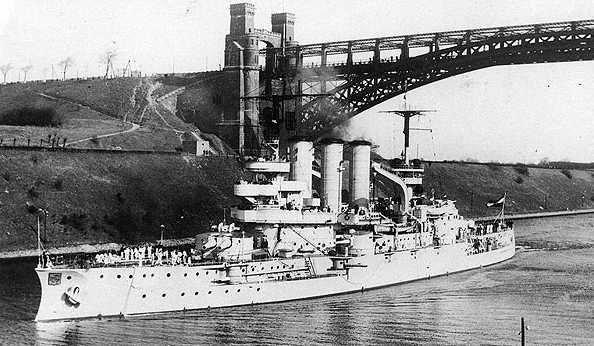
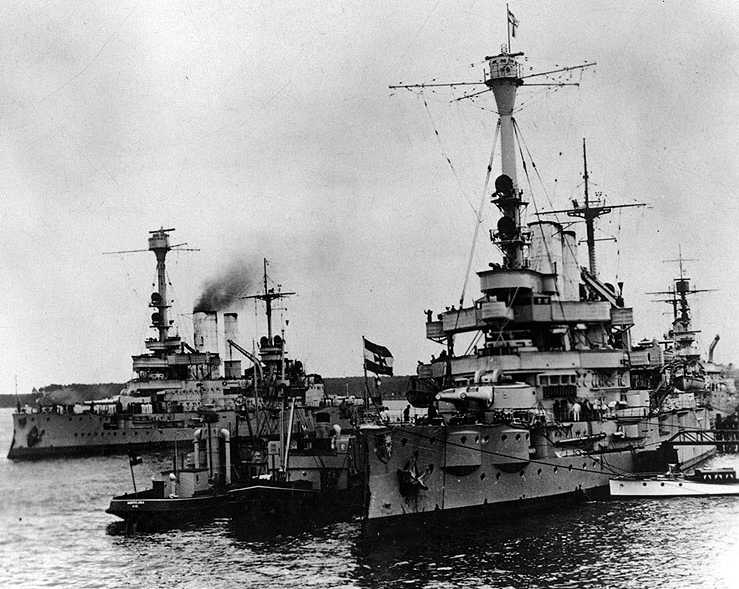
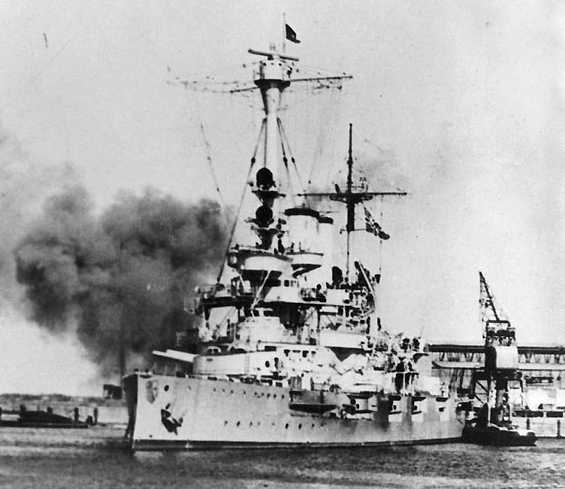
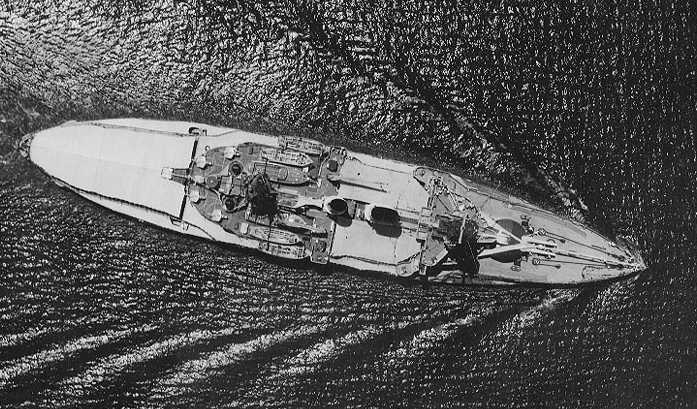
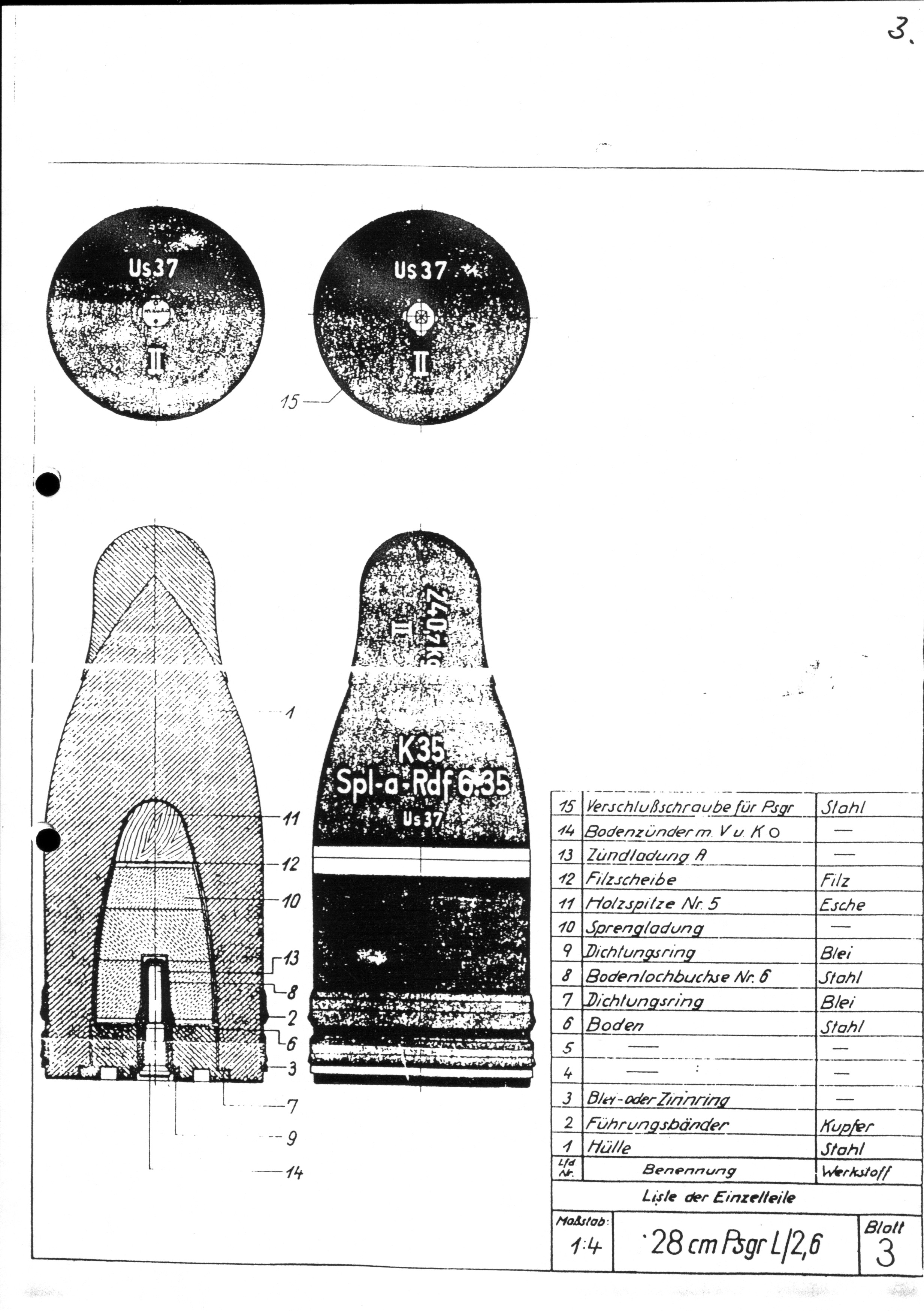
"Jutland: An Analysis of the Fighting" and "Naval Weapons of World War Two" both by John Campbell
"Naval Weapons of World War One" by Norman Friedman
"Conway's All the World's Fighting Ships: 1906-1922" by Randal Gray and Robert Gardiner (Editor)
"German Warships 1815-1945" by Erich Gröner
"The Big Gun: Battleship Main Armament 1860-1945" by Peter Hodges
"Die Geschichte der deutschen Schiffsartillerie" by Paul Schmalenbach
"German Capital Ships of World War Two" by M.J. Whitley
---
"Munitionsvorschriften für die Kriegsmarine - Panzersprenggranaten (Psgr)" M.Dv. Nr. 190,1A2 by Oberkommando der Kriegsmarine
"Munitionsvorschriften für die Kriegsmarine - Sprenggranaten (Spgr)" M.Dv. Nr. 190,1A3 by Oberkommando der Kriegsmarine
"Munitionsvorschriften für die Kriegsmarine - Hülsenkartusche" M.Dv. Nr. 190,4A1 by Oberkommando der Kriegsmarine
"Übersicht über die für die Marinegeschütze und deren Abk K zu verwendende Munition und ihre Einzelteile einschließlich Salut-
und Manöverladungen" M.Dv. Nr. 198 by Oberkommando der Kriegsmarine
---
Special help from Richard Worth, Bernard Sage and Thorsten Wahl
13 October 2006 - Benchmark
25 March 2009 - Added Kurfürst Friedrich Wilhelm class
27 March 2009 - Added picture of Kurfürst Friedrich Wilhelm
05 February 2011 - Distinguished between KL/40 and SK L/40 types
20 November 2012 - Split up KL/40 and SK L/40 datapages
28 February 2016 - Minor edits
05 March 2019 - Converted to HTML 5 format, reorganized notes and added data and sketches from M.Dv. Nr. 190,1A2
M.Dv. Nr. 190,1A3 and M.Dv. Nr. 190,4A1
07 March 2020 - Corrected propellant error
04 March 2021 - Added CI shell and burster information, details and notes to Mount / Turret Data
14 January 2022 - Added details to "zu etwa" note
28 August 2024 - Added burster notes and propellant information
